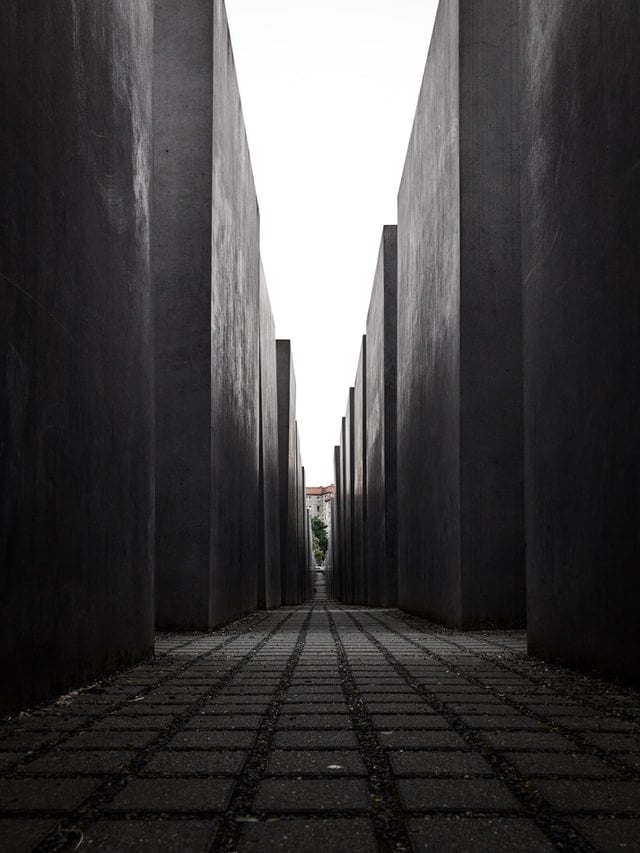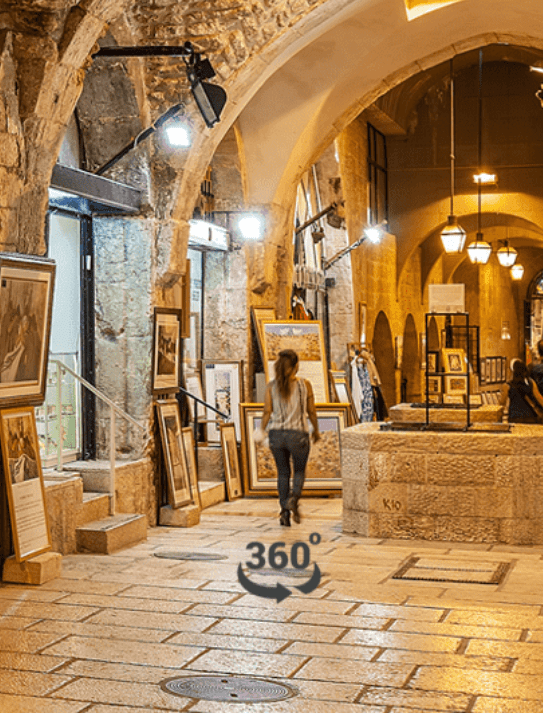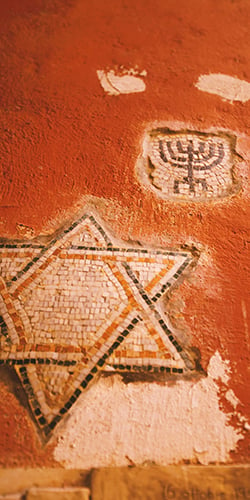Havana is a city rich in history, culture, tradition, and coffee. There is a thriving community of Jewish life, whose roots go all the way back to the days of Christopher Columbus. Havana is home to one of the oldest practicing Jewish communities in the Caribbean, a proud community with a story unlike any other.
The Roots of Jewish Havana
The story of La Comunidad Hebrea begins with the expedition of Christopher Columbus in 1492. As the local lore goes, when Columbus set sail from the coast of Spain there was one Jew amongst his crew. Luis de Torres was a marrano, a forced convert to Christianity. He was chosen by Columbus to act as his official translator. Luis de Torres was Cuba’s first official Jewish resident.
During the 16th century more Jews arrived from Spain, fleeing the Spanish Inquisition. During the next few centuries Jews continued to arrive from...















